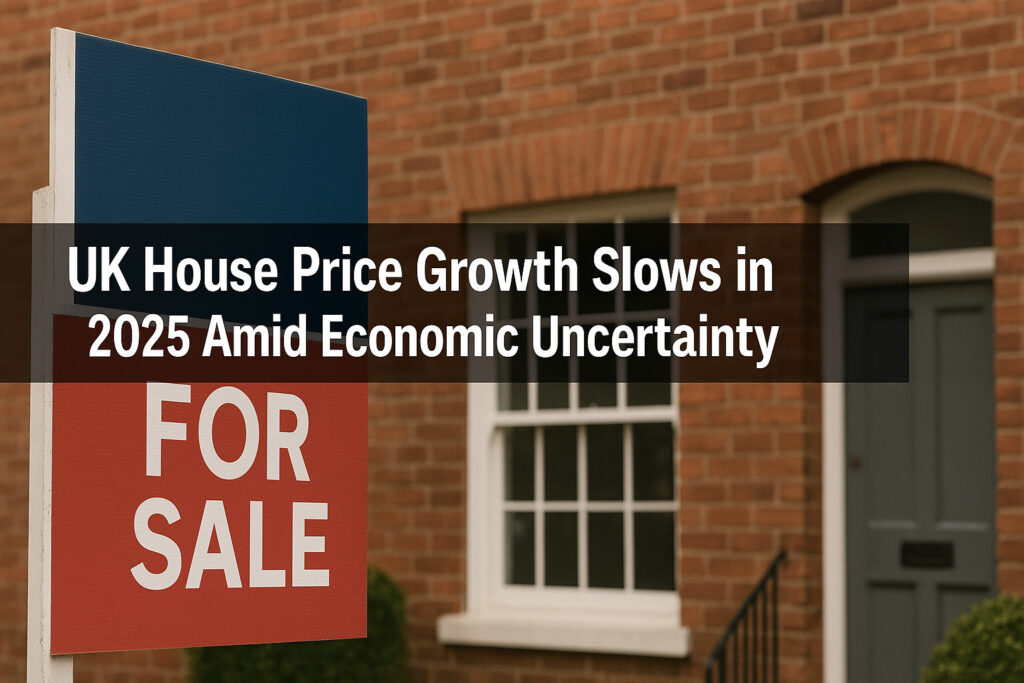As the UK grapples with ongoing economic pressure, renters continue to bear the brunt of rising living costs.
New figures reveal that private tenants are significantly more likely to report surging expenses than homeowners.
The discrepancy in financial strain is widening, exposing renters to disproportionately higher vulnerabilities in today’s housing market.
Rent Inflation Outpaces Wage Growth for Tenants
The rental market has seen record-breaking increases in monthly payments, especially in London and other major urban centres.
According to recent data, private renters experienced an average rent increase of 9.2% year-on-year, while median wage growth stood at just 5.6% during the same period.
This widening gap means renters are allocating an increasing portion of their income towards housing.
In many cases, more than 40% of a tenant’s salary is now spent on rent—far above the recommended 30% affordability threshold.
Key Statistics:
Average UK rent: £1,276/month (as of March 2025)
London average rent: £2,119/month
Wage growth (UK average): 5.6%
Inflation rate: 3.2%
These numbers indicate that tenants are not only dealing with higher rent but are also struggling to keep pace with broader cost-of-living increases.
Homeowners Benefit from Mortgage Rate Stabilisation
In contrast, homeowners have seen relative stability in their housing costs, especially those on fixed-rate mortgages locked in before the rate hikes of 2023.
While new buyers face higher borrowing costs, existing homeowners benefit from a level of predictability that renters lack.
Mortgage holders are also more likely to benefit from energy efficiency upgrades, equity growth, and government incentives—advantages that rarely extend to tenants in private rentals.
Cost Pressure Breakdown for Renters
Rent (monthly): 40%
Utilities: 20%
Transport: 15%
Food & Essentials: 25%
Cost Pressure Breakdown for Homeowners
Mortgage Payments: 30%
Utilities: 15%
Transport: 20%
Food & Essentials: 35%
This format highlights how renters spend significantly more of their income on housing while homeowners distribute their expenses more evenly across essentials.
Renters Most Likely to Cut Back on Essentials
ONS surveys show that renters are almost twice as likely as homeowners to cut back on essentials such as food, heating, and healthcare.
With rental prices absorbing a more significant share of disposable income, tenants must make difficult sacrifices.
Survey Highlights:
57% of renters reported reducing heating usage to save money.
43% of tenants skipped meals in the last month due to affordability.
Only 29% of mortgage holders reported similar cutbacks.
This disparity underscores the pressing need for policy interventions that address rental affordability and tenant security.
Regional Differences Magnify the Problem
Rental cost spikes are not evenly distributed across the UK. Major cities and university towns show the highest volatility. For instance:
London: +11.5% rent increase YoY
Manchester: +9.8%
Bristol: +8.9%
Glasgow: +7.5%
Meanwhile, some rural areas experienced relatively modest increases of 3–5%. However, these regions often lack the job density and infrastructure to support economic mobility, leaving renters with few affordable and viable alternatives.
Structural Challenges in the Private Rental Sector
The UK’s private rental sector is now under scrutiny for its lack of long-term affordability. Key structural issues include:
Shortage of rental properties due to landlords exiting the market.
High tenant turnover is driven by instability and rising costs.
Poor housing standards in low-cost segments.
Limited rent control measures, making tenants vulnerable to abrupt hikes.
Government policies, such as the Renters Reform Bill, have attempted to improve tenant rights but have yet to tackle affordability head-on.
Policy Recommendations to Relieve Pressure on Renters
To address the widening cost disparity between renters and homeowners, we recommend:
Implementing national rent caps tied to local wage growth.
Incentivising build-to-rent developments to increase housing stock.
Expanding housing benefits in line with actual rental inflation.
Enforcing minimum housing standards to ensure value for money.
Offering rent-to-own schemes for long-term tenants.
Combined with macroeconomic stabilisation, these strategies can reduce the pressure on the UK’s 4.6 million private renters.
Conclusion: Urgency for Change in the Rental Market
With renters reporting significantly higher financial pressure than homeowners, it is clear that the current market is structurally skewed.
The cost of renting continues to outpace earnings and inflation, pushing tenants closer to financial precarity.
Immediate reforms are needed at both local and national levels to protect the renting population and foster housing equality.
Without such interventions, the affordability gap will grow, locking millions of tenants out of secure and dignified housing.





